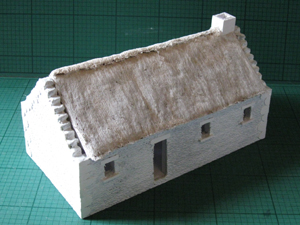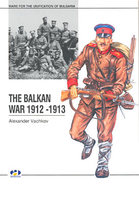It's only just over a month since I was planning new Square Bashing armies but the focus of my attention has now passed to the new Force on Force modern skirmish rules from Ambush Alley Games recently and sumptuously published by Osprey. The rules aren't exactly new, but they are new to me, new in this format, and likely to capture a significant audience. The rules have some very clever mechanisms and have been described as the most innovative new rules since Crossfire.
They are scenario-driven and centred on small-unit actions. With 15-20mm figures, they are intended to be used on a very compact table, typically only 2' square. Putting together a game should, therefore, be relatively economical in all respects. Even so, I've decided to be unusually cautious. My normal plan for doing a new game is to:
1. Buy lots of figures and scenery.
2. Start painting them.
3. Loose interest.
4. Put them into storage so I have room to start the next project!
Occasionally I manage to finish a project before losing interest, and sometimes I even get to play a couple of games. Whilst I may inevitably fall for this conventional, if doomed, approach, my current plan is to:
1. Buy some cheap 1/72 plastic figures and mount them on pennies.
2. Collect some small boxes to represent buildings.
3. Start gaming!









